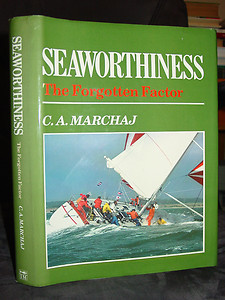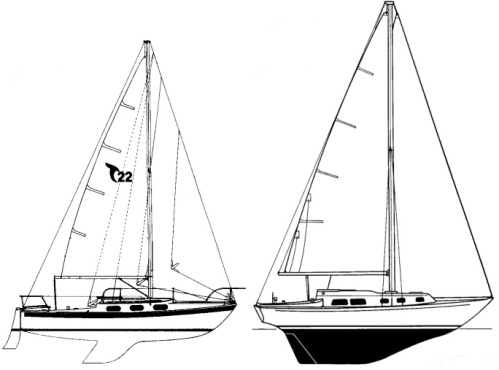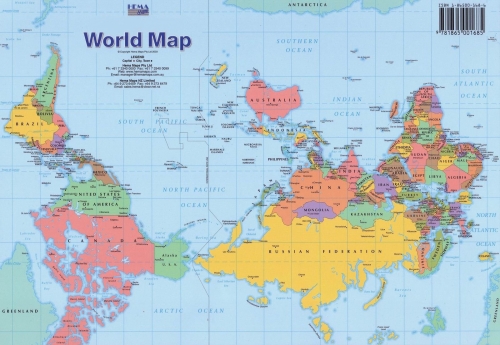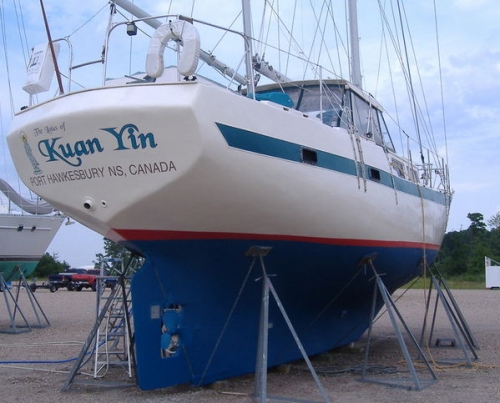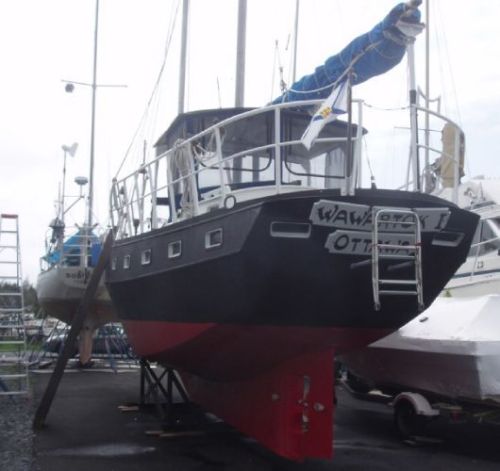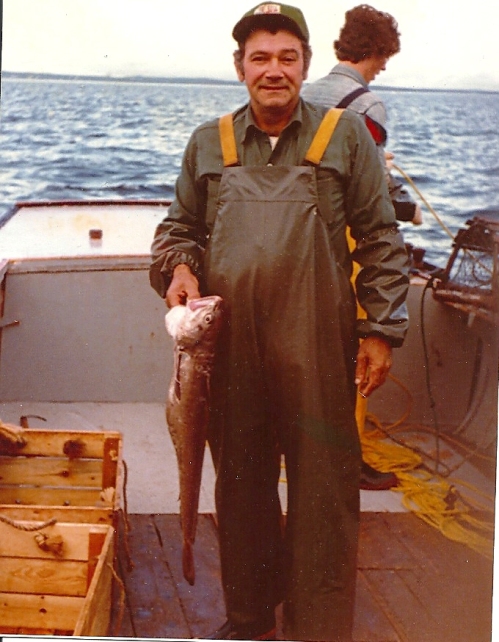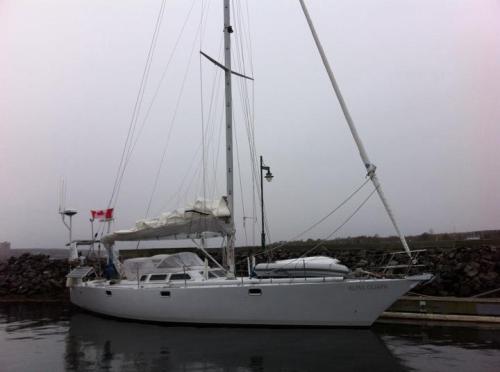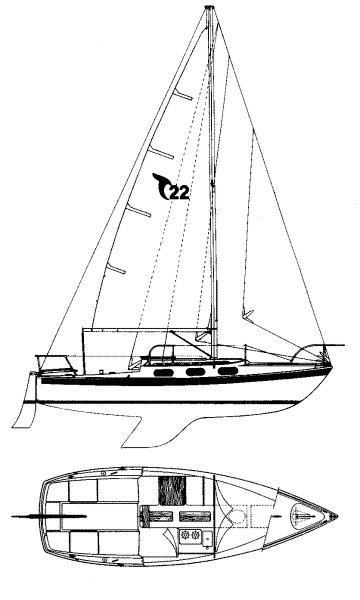Sometimes when I read blogs from our friends in the southern latitudes like Venture Minimalists or Voyage of Moondance, I get a bit jealous of the length of their sailing season. Here on Cape Breton Island, we have about three months of great sailing weather, three months of chilly sailing, three months of weather suitable to work on the boat on the hard, and three months where it is so cold that all one can do is read, plan and dream. I often wonder, how do people who can sail year round find time to get any reading done? Or is there even an appetite to read about sailing without such a long time ashore?
While most of this country is buried in snow I have taken to the books already, with Seaworthiness: The Forgotten Factor by C.A. Marchaj. The book was inspired by the tragedy at the 1979 Fastnet Yacht Race that saw 18 deaths, 24 ships abandoned, and 5 sunk. The book is basically an indictment of contemporary designs, the discarding of safety for the sake of speed.
As a guy who one day hopes to pile his family in a crate and move it around the world, I was very interested to see what qualities made some boats safer than others. I do have to admit, there are calculus equations in this book that are big enough to make your face melt. Marchaj uses them to prove his aerodynamic and hydrodynamic claims, and as long as you can see what they’re trying to prove, you’ll be fine.
If you find yourself in a position similar to ours, where you are not really sure what you are looking for in an offshore cruiser and safety trumps all else, I would highly recommend reading this book.
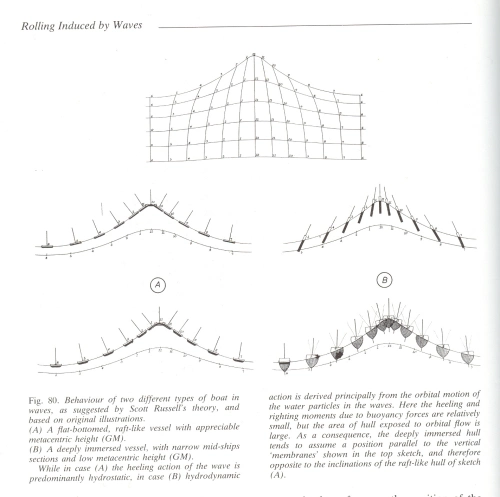
Heavy displacement deep full keel, vs a light beamy fin keel in rough seas. Which would you rather be aboard?
The book looks at most aspects of hull design and mathematically tells you which features make boats more likely to capsize, or once capsized, which features make them more likely to flip back up.
Another little nugget I found very interesting is the study about how rolling motion effects the crew. A heeling motion up to 4° is actually beneficial and enhances a crew’s performance. Marchaj attributes this to the same pleasant effect a rocking chair has of people. With each degree the crew performance deteriorates, until the heel reaches 30° and the crew becomes incapacitated.
When we were just starting out, we were looking for either a Tanzer 22, Paceship 23, or an Alberg 22. After reading Seaworthiness, a quick look under the waterline is all it takes to see which is the speediest in good conditions, and which is the more stable in the rough conditions.

